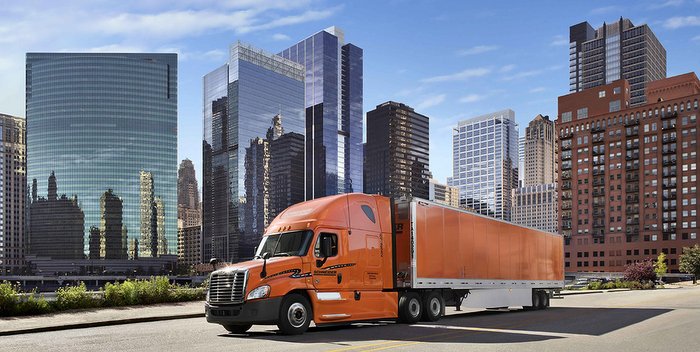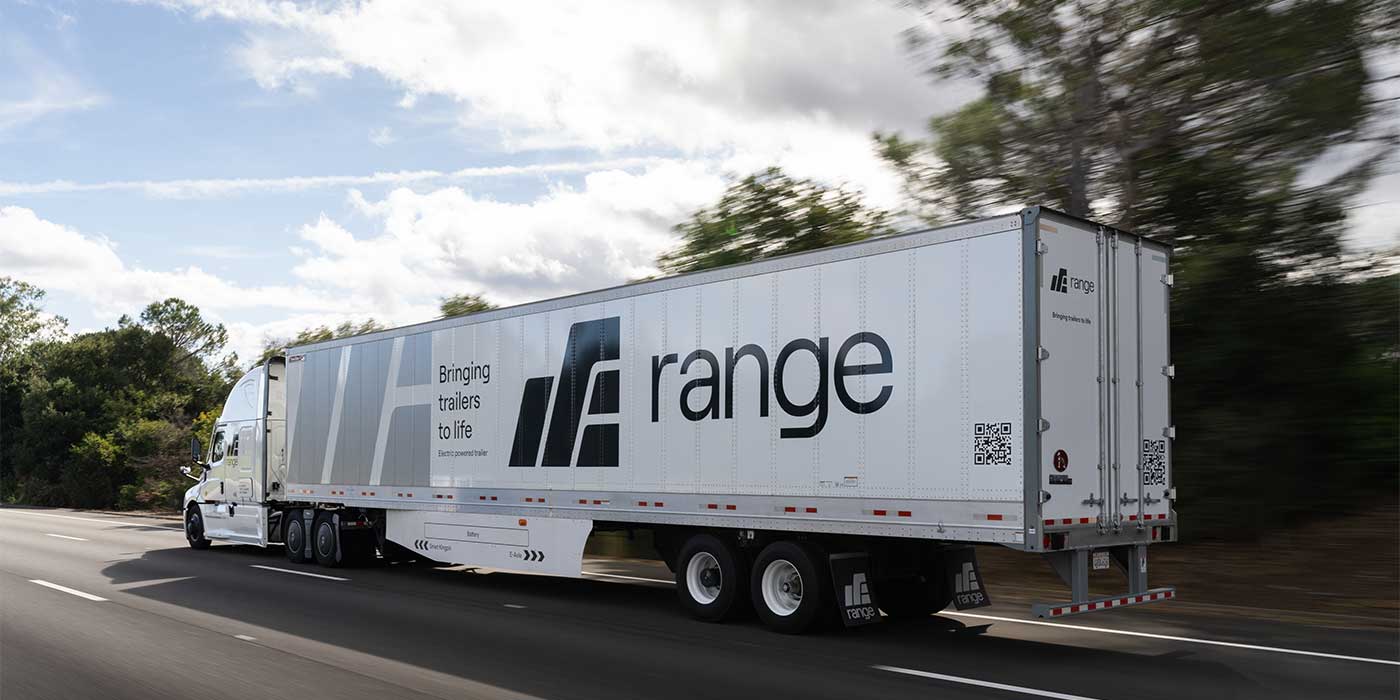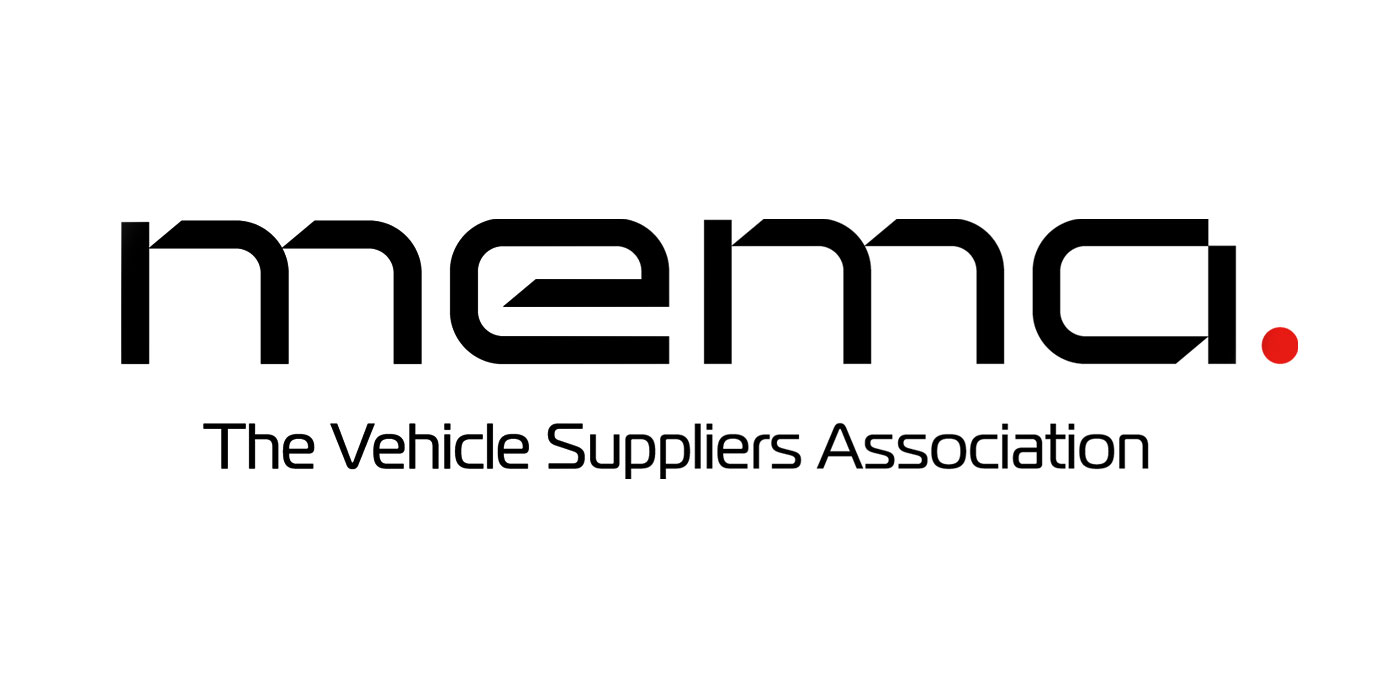Take one look at the numbers and it’s easy to see why Tom DiSalvi, vice president of safety and loss prevention at Schneider, says the company’s first core value is “safety first and always.” Every day, he notes, the truckload, logistics and intermodal services provider’s fleet of 10,120 tractors travels 8.2 million miles hauling 19,318 loads in 33,830 trailers and 17,720 containers.
“Operating safely is the highest priority of our organization and we believe we have a moral obligation to operate in a way that protects the motoring public, our customers and our associates,” DiSalvi states. “Nothing we do is worth hurting ourselves or others. We’re committed to creating a safety culture and ensuring that safety has been internalized by all of our associates.”
Schneider’s focus on safety, DiSalvi explains further, is a four-part approach that includes hiring the right drivers, training them effectively, actively managing safety performance and leveraging technology. Programs for the fleet’s 11,650 drivers, for example, include pre-employment physicals, hair testing and a comprehensive sleep apnea program. Also in place are quarterly and annual training sessions and regular management review of safety performance.
“We continue to invest in technology where appropriate to help drivers operate safely,” DiSalvi says. “We’re always striving to find, evaluate and adopt solutions that provide our drivers with the safest possible environment. For us, the question is whether a safety technology is something that will make our drivers and other motorists safer. We research and test systems we think are worth looking into, and we don’t believe safety is proprietary. We will share what we learn to help make everyone safer.
Deliberate approach
“There are a lot of possible safety technologies for commercial vehicles; so, we take a very deliberate approach,” DiSalvi continues. “We regularly conduct testing and pilot evaluations to see if a solution is right for a segment of our operation or the entire fleet. We ask ourselves if a technology has the potential to reduce risk and losses, and like any responsible business we also compare that to the cost.”
DiSalvi is also quick to point out that Schneider doesn’t wait for a mandate if it determines that a safety technology or a process is the right thing to adopt. For example, while electronic stability control systems will be required on new tractors beginning in 2017, the carrier began adding roll stability control systems to its tractors in 2004.
“The reasons for that choice were straightforward,” DiSalvi states. “Roll stability control systems use frame rail-mounted sensors to detect excessive lateral movement, such as when a driver has to make an evasive maneuver. By sensing rollover potential and applying the foundation brakes to slow a vehicle, they help the unit remain stable.”
Likewise, Schneider began using collision mitigation technologies in 2012. “Radar-based collision mitigation systems from Meritor and Bendix monitor vehicles in front of our trucks,” DiSalvi says. “They prevent potential rear-end collisions with stopped or slower moving vehicles by automatically reducing speed and applying the brakes as needed.
“We’re deploying other electronic solutions that improve safety as well,” DiSalvi relates. “For example, we’ve enabled settings that turn the cruise control off when the wipers are turned on as a reminder that it’s safer to operate without cruise control in wet road conditions.
Operating mentality
“Along with a strict no cell phone use while driving, including a no hands-free technology policy, that also goes to our belief in promoting a ‘hands on the wheel and eyes on the road’ operating mentality,” DiSalvi continues. “We know that cognitive distraction affects a driver’s reaction time, so we don’t permit the use of any technology. We do, however, provide systems that allow a driver to hear incoming messages from fleet managers—but not reply to them while they’re driving—as well as truck specific navigation and directions.”
Those capabilities, according to DiSalvi, are enabled in the Omnitracs mobile communications systems in Schneider tractors. “We also began using electronic logging devices in 2009—long before the recent ELD mandate—to provide a means of easily and accurately accessing load and route information,” he relates. “What we found is that ELDs help drivers operate more efficiently, more productively and more safely because they can better plan their day to get rest.”
After pilot testing for several years, Schneider also recently added forward facing cameras to its tractors. Used in conjunction with critical event recording capabilities, the cameras provide video along with information from stability control and collision mitigation events.
“Those incidents are reviewed by driver managers,” DiSalvi explains. “The video, which can be used for coaching if needed, can also eliminate confusion or doubt. What we also found by surveying our drivers is that they think of these systems as a personal dash cam that protects and exonerates them if there is an incident on the road.”














